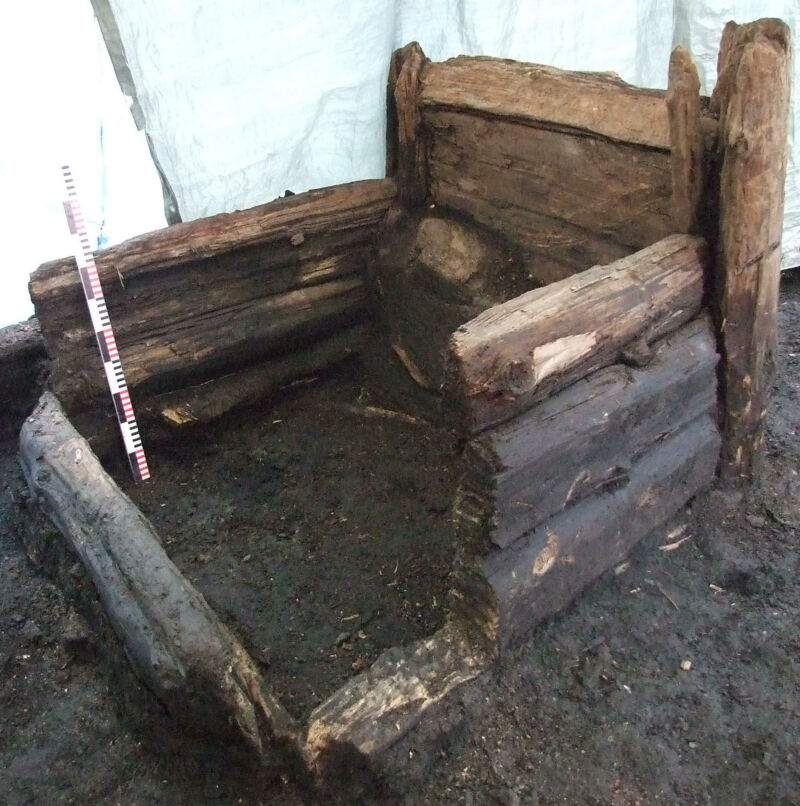Archaeologists delved into medieval cesspits to study old gut microbiomes

Enlarge (credit: Sabin et al. 2020)
One of the things archaeology consistently teaches us is that humanity is remarkably resilient in the face of crisis. Another is that poop is forever. Archaeologists have already explored the contents of coprolites and the chemicals left behind by a city’s worth of human waste. And according to a recent study, DNA from your gut microbes can stick around for centuries under the right conditions.
Archaeogeneticist Susanna Sabin and her colleagues found DNA from human gut-dwelling microbes in samples from a 600-year-old household cesspit in Jerusalem and a 700-year-old public toilet in Riga, Latvia. Eventually, that data will help researchers plumb the depths of medieval microbiomes to understand how the microscopic populations of our intestines have evolved over the centuries. For now, the study offers a few small hints about medieval life and suggests that ancient toilets have more to tell us.
Medieval vs. modern microbiomes
We already know that the microbiomes of modern hunter-gatherers and modern urban dwellers look quite different from each other. Figuring out how those differences evolved could offer some insights about health problems in modern urban dwellers. Sabin and her colleagues thought medieval latrines might be a good place to start looking for clues since medieval cities were urban but not yet industrialized. They sequenced DNA in sediment samples from a 15th-century cesspit in Jerusalem and a 14th-century public latrine in Riga.
Read 15 remaining paragraphs | Comments
https://ift.tt/30CLWT7
from Ars Technica https://ift.tt/2Gm5qos

No comments